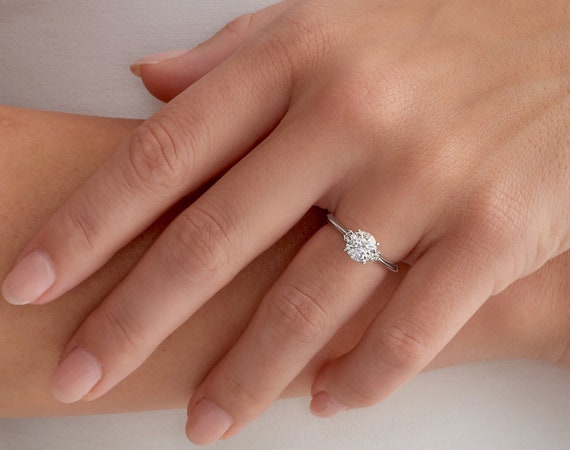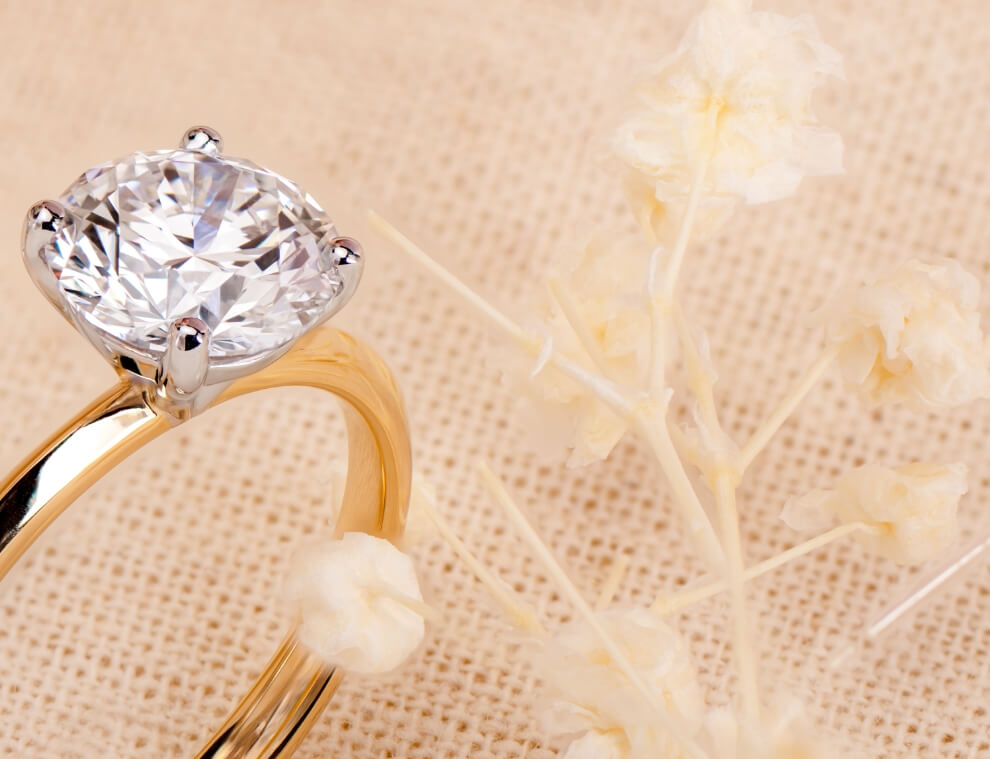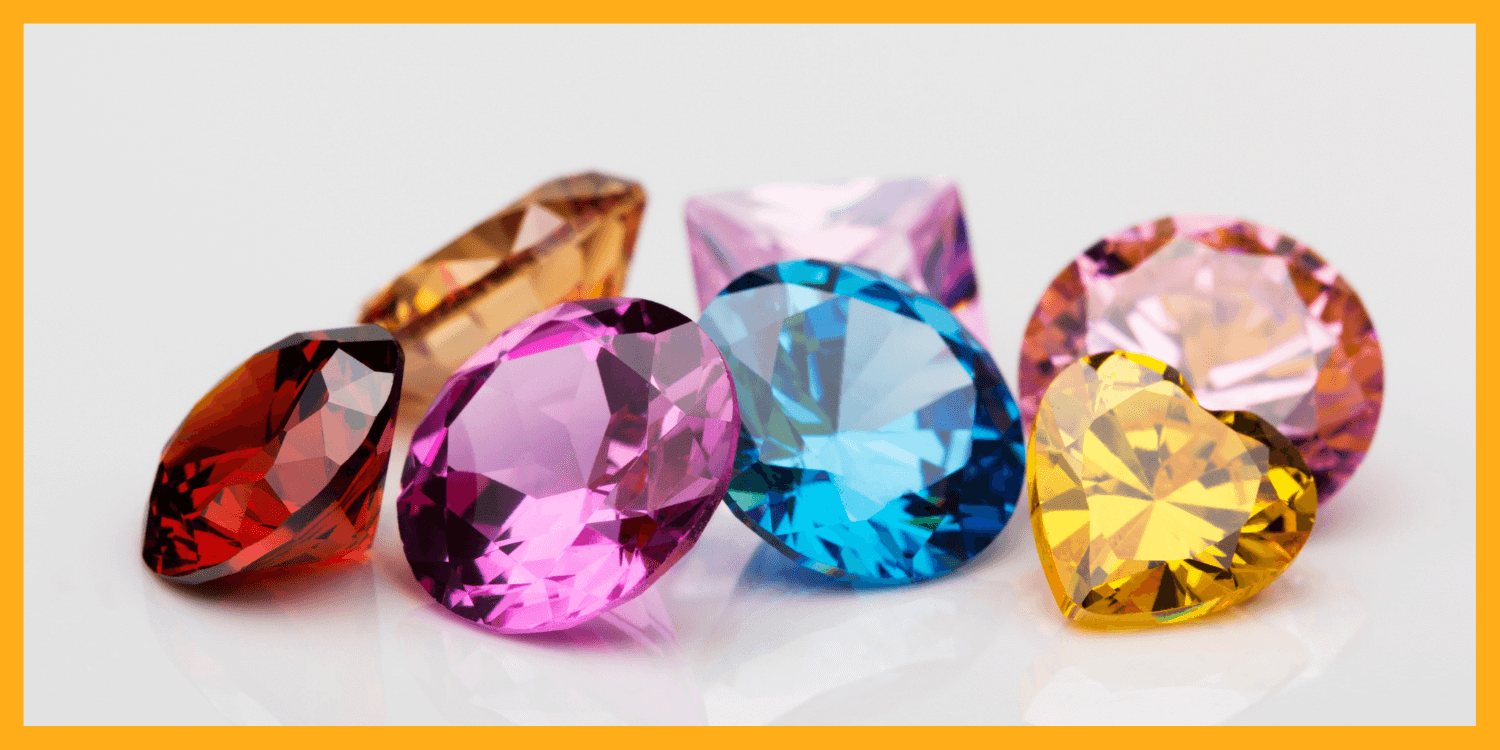When it comes to choosing the perfect setting for a lab grown diamond ring, one of the most important decisions couples face is selecting the right metal. Two of the most popular choices are platinum and gold. Both metals offer unique qualities and appeal to different preferences. In this article, we will explore the advantages and differences between platinum and gold settings for lab grown diamond rings, helping you decide which is the best choice for your engagement ring or special piece of jewelry.
Table of Contents
Understanding Lab Grown Diamond Rings
Lab grown diamond rings have become increasingly popular due to their ethical sourcing, affordability, and environmental benefits. Unlike mined diamonds, lab grown diamonds are created in a controlled environment using cutting-edge technology, allowing them to be chemically, physically, and optically identical to natural diamonds. These diamonds provide the same brilliance, durability, and sparkle as mined diamonds but at a more accessible price point. When it comes to setting these stunning stones, choosing the right metal is crucial for both aesthetic and durability purposes. Platinum and gold are the two primary metals used in lab grown diamond rings, each offering distinct characteristics.
Platinum vs Gold: Aesthetic Differences
When it comes to aesthetics, platinum and gold offer different visual characteristics that can influence your choice for a lab grown diamond ring. Platinum is known for its naturally white hue, which enhances the brilliance of a diamond, including lab grown diamonds. It has a sleek, modern look and is often preferred for contemporary and minimalist designs. lab grown diamond rings platinum vs gold bright white color is hypoallergenic, making it ideal for those with sensitive skin.
On the other hand, gold is available in various colors, including yellow, white, and rose gold. Each gold variant offers a unique style, with yellow gold being a classic choice that brings warmth and a timeless feel to a lab grown diamond ring. White gold, which is often coated with rhodium to enhance its shine, has a cooler tone similar to platinum but with a slightly softer appearance. Rose gold, with its warm pinkish hue, is increasingly popular for its romantic and vintage-inspired charm. Depending on your personal style and preference, the color of gold you choose can complement the beauty of a lab grown diamond in different ways.
Durability: Platinum vs Gold in Lab Grown Diamond Rings
Durability is an important consideration when selecting the metal for a lab grown diamond ring, especially since engagement rings are worn daily. Platinum is renowned for its strength and durability. It is a dense metal that is resistant to scratches and tarnish, meaning a platinum lab grown diamond ring can retain its beautiful appearance for many years with minimal maintenance. Unlike gold, platinum doesn’t wear away over time, and any surface scratches can be polished out, leaving the ring looking as good as new.
Gold, particularly 14K and 18K gold, is also durable, but it is generally softer than platinum. Gold can scratch more easily over time, especially in its purest form (24K). However, gold alloys like 14K and 18K gold are mixed with other metals, making them more durable and resistant to damage. White gold is especially prone to scratching, and it may require rhodium plating to maintain its white appearance. Over time, this plating can wear off, necessitating re-plating. While gold is durable, it may not offer the same level of long-term wear resistance as platinum, particularly for those with an active lifestyle.
Price Considerations: Platinum vs Gold
When comparing the prices of platinum and gold settings for lab grown diamond rings, platinum is generally more expensive than gold. Platinum is a rarer metal, and its density and weight contribute to higher production costs. Because platinum is often used in higher purity (typically 90-95% platinum), the cost of a platinum setting will be more than a gold setting of similar design and quality. However, platinum’s durability and longevity can make it a worthwhile investment for many buyers, especially if you’re looking for a metal that will last a lifetime.
Gold, on the other hand, tends to be more affordable than platinum. While 18K and 14K gold are common choices for engagement rings, gold’s lower price point makes it an attractive option for those who want a lab grown diamond ring without exceeding their budget. The price of gold can fluctuate depending on market conditions, but it generally remains more affordable than platinum. For those looking to balance quality and cost, gold can be an excellent choice for setting a lab grown diamond.
Maintenance and Longevity: Platinum vs Gold
When it comes to maintenance, platinum is relatively low-maintenance compared to gold. Since platinum is highly durable, it requires fewer refinishing services over the years. It will not tarnish and retains its white luster even without frequent polishing. However, because platinum is a soft metal, it may develop a patina over time, which some people appreciate for its vintage or classic appeal. If you prefer a high-shine finish, platinum can be polished back to its original luster with ease.
Gold, especially white gold, requires more upkeep to maintain its appearance. White gold settings often need to be re-plated with rhodium to preserve their shiny, white look. This process may need to be repeated every few years, depending on the wear and tear on the ring. Yellow and rose gold, while not requiring rhodium plating, may still need occasional cleaning and polishing to maintain their luster. However, gold can be more easily resized and reshaped if needed, which makes it a more versatile option for those looking to alter the size of their ring over time.
Hypoallergenic Properties: Platinum vs Gold
For those with sensitive skin or allergies, the hypoallergenic properties of platinum may make it the ideal choice for a lab grown diamond ring. Platinum is naturally hypoallergenic, meaning it is unlikely to cause skin irritation or allergic reactions. This is particularly important for individuals with sensitive skin, as many alloys used in gold can contain nickel, which is a common allergen.
While gold itself is generally safe for most people to wear, some gold alloys contain nickel or other metals that can cause allergic reactions. To minimize this risk, choosing a high-karat gold like 18K gold, which contains fewer alloy metals, can help reduce the likelihood of irritation. However, platinum is the safest bet for those with particularly sensitive skin.
Conclusion: Platinum vs Gold for Lab Grown Diamond Rings
When it comes to selecting between platinum and gold for lab grown diamond rings, the decision ultimately comes down to personal preference, budget, and lifestyle. Platinum is the ideal choice for those seeking a durable, hypoallergenic, and low-maintenance metal that will last a lifetime. Its natural white hue also complements the brilliance of lab diamonds, making it a popular choice for those looking for a sleek and modern aesthetic.
Gold, on the other hand, offers a more affordable option with a variety of color choices, allowing you to customize the look of your lab grown diamond ring. While it may require more maintenance, gold provides a timeless and elegant option for those who prefer warmth and versatility in their jewelry. Whether you choose platinum or gold, a lab grown diamond ring is sure to provide the beauty, ethics, and quality that will last for years to come.






:max_bytes(150000):strip_icc()/ins-primary-best-hoop-earrings-jjuliao-0024.jpg-34cc2296b3044576b5f1891cae5555de.jpg)

